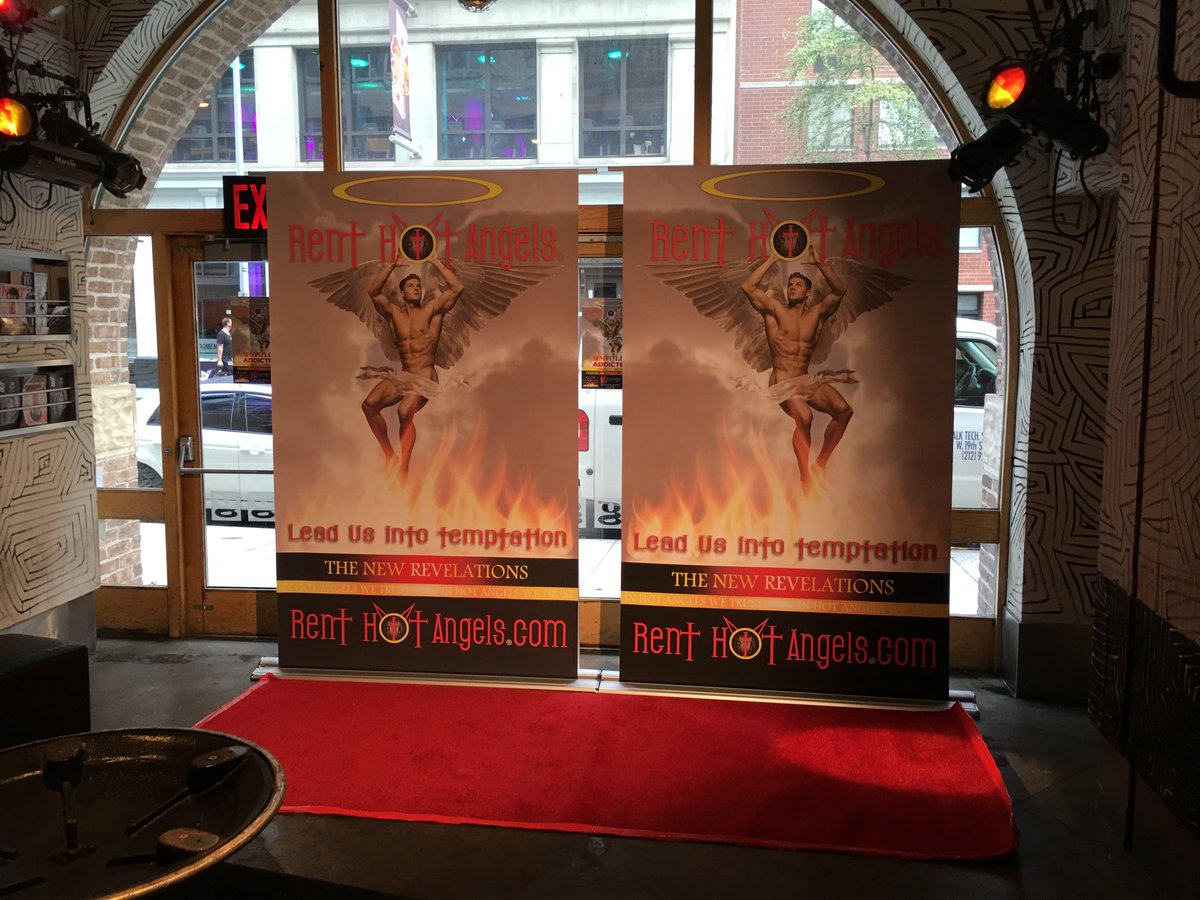


For a number of years, Komrads set the pace with its size and unequivocally gay programming. The dancefloor served as rallying point as much as it did a place to party. Photo courtesy of Andrew Boyd.Īt the time, gay and lesbian bars were an intrinsic part of our liberation movement. He tells the story of 1 Isabella’s transition into Komrads, a club he helped build and would go on to work at as busboy, server, bartender, lighting man, and, eventually, DJ. That club gave way to notoriously tough gay-and-straight dance club Oz, which boasted entrance hallways designed to look like yellow brick roads.Īlain Plamondon, who would become one of Toronto’s most beloved gay DJs, was a busboy at Oz. Come the early ’80s, it was the original home of influential alternative spot Domino Klub. In the 1970s, it had housed discos including Mrs. The upper level at 1 Isabella was a known hub. You could find anything anywhere and at any time.” There was loads of cruising all over that area. “There were loads of transsexuals, rent boys and other sex workers, cross-dressers, goth kids, punk-rockers, and glam-rockers hanging out around House of Lords. “Many bars, along with stores like Northbound Leather, were within a couple of blocks and infused thousands of gay people into that corridor. “The Yonge and Isabella area was really amazingly gay,” recalls event producer Maxwell Blandford, once a key figure in adventuresome Toronto clubs and now based in Miami. Nearby bathhouses were plentiful, Queen’s Park was still a major pick-up spot, and easy bar-hopping meant that gay men had lots of options even in those pre- Grindr days. Charles Tavern, Trax, and the Parkside Tavern, with gay dance club Stages above it. On the outer edges of the Church and Wellesley-centred gay village, the corner was close to popular homo haunts including Yonge Street’s St. The stretch of Isabella closest to Yonge called out to many, especially after dark. History: In 1980s’ Toronto, street corners and dance clubs still served as essential meeting spots for gays and other marginalized communities. In this edition of her nightlife-history series, Denise Benson takes us back to the after-hours nightclub that helped mobilize Toronto’s gay-rights movement in the 1980s. Photo courtesy of Shawn Riker.Īrticle originally published Jby The Grid online ().


 0 kommentar(er)
0 kommentar(er)
